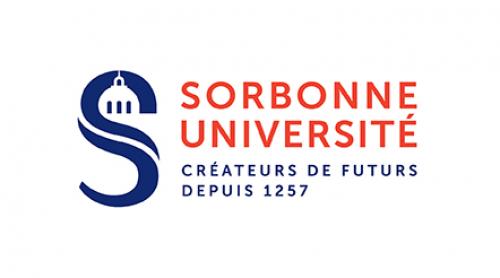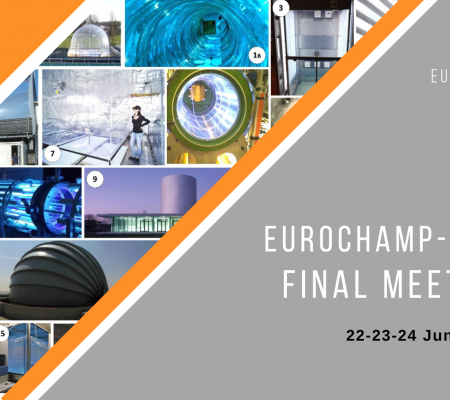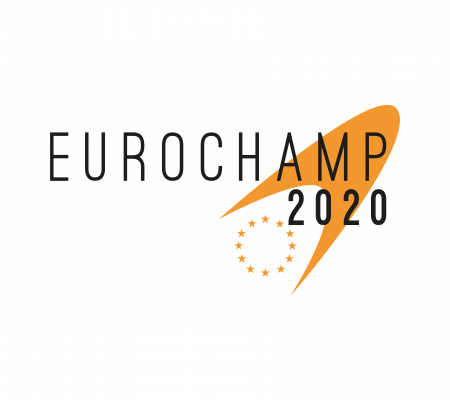

Place of work: LATMOS, Paris, Sorbonne Université , France
Type of contract: Non-permanent, full time (100%)
Duration of contract: 12 months with possible extension
Starting date: 1st November 2018
Salary will depend on level of experience as based on CNRS grid and will be about 2500€.
Elegibility criteria
The required research skills include:
A PhD or master diploma in atmospheric sciences
Good knowledge of UNIX operating system and use of programing tools (python, matlab,...)
Good knowledge of data statistical analysis
Experience in remote sensing data analysis (lidar or radar or radiometer/photometer) will be appreciated
Good oral communication skills (English and/or French) will be appreciated
Detailed description of the job offer:
The Laboratoire Atmosphères, Milieux, Observations Spatiale (LATMOS) is a research unit funded by the National Center for Scientific Research (CNRS), the University of Versailles Saint-Quentin-en-Yvelines (UVSQ) and Sorbonne University (SU). It is based on 2 sites (Paris and Guyancourt) with around 150 permanent positions (scientists, engineers, technicians and administrative staff) and more than 230 people in total. The main LATMOS research themes are:
physical and chemical processes in the Earth's atmosphere
studying the planets and small bodies of the solar system;
physics of the heliosphere, the exosphere of the planets, and plasmas in the solar system.
The proposed position belongs to the first research topic and it aims at improving aerosol parameter retrievals from spaceborne lidar observations to better quantify radiative forcings. In the frame of the joint NASA-CNES CALIPSO mission, after separation of aerosol andcloud layers, aerosol products are elaborated using type-related aerosol phase function value at the backscatter angle (hereafter called lidar ratio) for the extinction profile retrieval. In the
CALIOP lidar algorithms, it may be difficult in some cases to identify aerosol properties when their optical depth is small or in multi-layered systems when clouds are embedded in aerosol layers. At LATMOS the level data 1 are analyzed using additional information from the infrared radiometer and the level CALIOP operational products to derive the extinction profile. However, this algorithm is still dependent of near surface lidar ratios identified as a priori (type-depending) parameters in the operational algorithms. To further constrain the retrieval, we want to include information from the surface reflectance to directly retrieve the aerosol optical depth, using information obtained usingthe Synergized Optical depth of Aerosols (SODA) retrieval method. This method has been developed in the team to determine aerosol optical depth and lidar ratio over ocean or low level optically thick water cloud using the surface echo observations of the space lidar and radar (or microwave radiometer) onboard the A-Train (CALIPSO, CLOUDSAT). These products are included in the SODA database archived at the French CALIPSO archive center (AERIS/ICARE) in Lille. We will extend the use of this approach to the analysis of aerosol over land. Finally data analysis provided by a new spaceborne lidar ADM-AEOLUS launched in August 2018 will be considered in a last step to document the wavelength dependency of the aerosol optical properties. The main tasks entrusted to the engineer will be:
(1) to validate the SODA products for several aerosol type using selected regions and type periods using comparison with other measurements (MODIS, airborne or ground based lidar data making direct measurements of the lidar ratio)
(2) to include the new information about total aerosol optical depth and near surface lidar ratio in the analysis of the level 1 CALIOP data developed at LATMOS
(3) to extend analysis over land
(4) to prepare the validation of forthcoming EarthCARE mission by making comparison between the 532 nm CALIOP observations with the ADM-AEOLUS data at 355 nm.
Improvements and extension of the SODA algorithm are also part of the proposed work. Depending on the past experience of the candidate, additional task will be to write technical report and papers in peer reviewed scientific journals and to make presentations of the work at workshops and/or conferences. This work, supported by CNES will take place within the framework of the national project EECLAT (Expecting Earth-CARE, Learning from A-Train: http://eeclat.ipsl.jussieu.fr/).
Application procedure
The questions related to the position should be addressed to Gérard Ancellet, gerard.ancellet@latmos.ipsl.fr Tel 33 1 44 27 47 62; Jacques Pelon, jacques.pelon@latmos.ipsl.fr Tel 01 44 27 37 79.
Applications should be sent before October 10, 2018 and should include:
A complete CV including a list of scientific publications,
A letter of motivation including the main lines of the research project
Applications will be examined by a committee and then a skype interview for pre-selected candidates will be organized after October 10.




